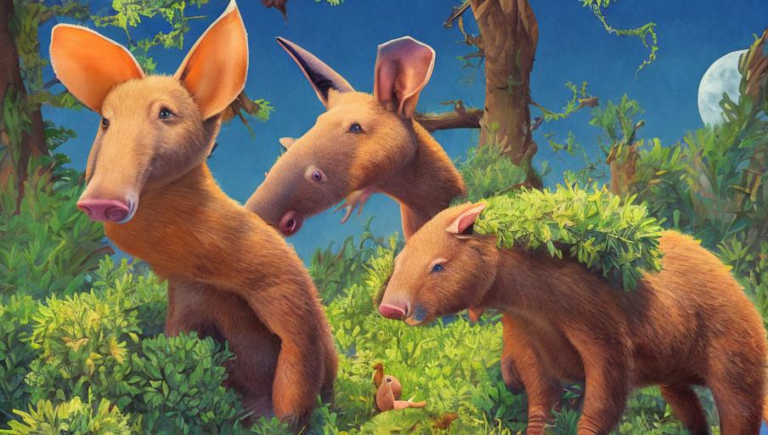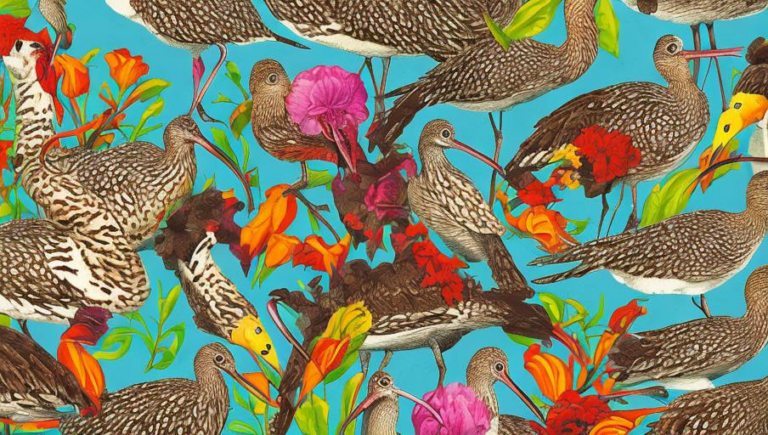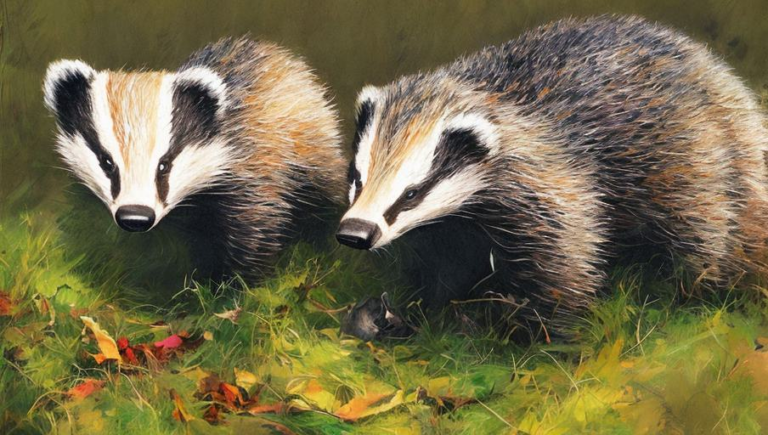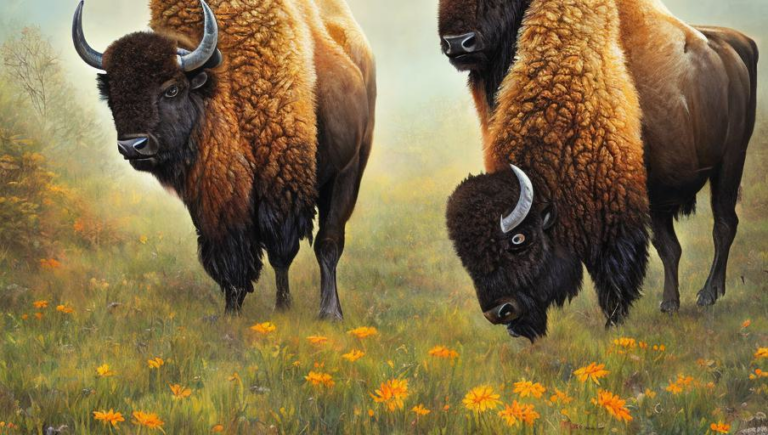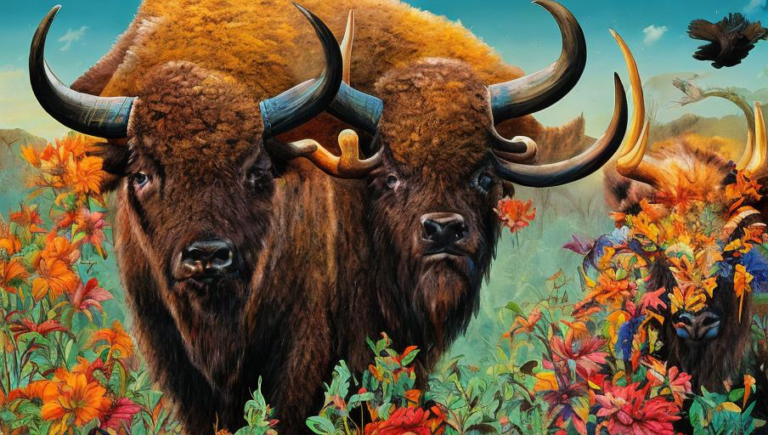Nosing Through Badger Behavior
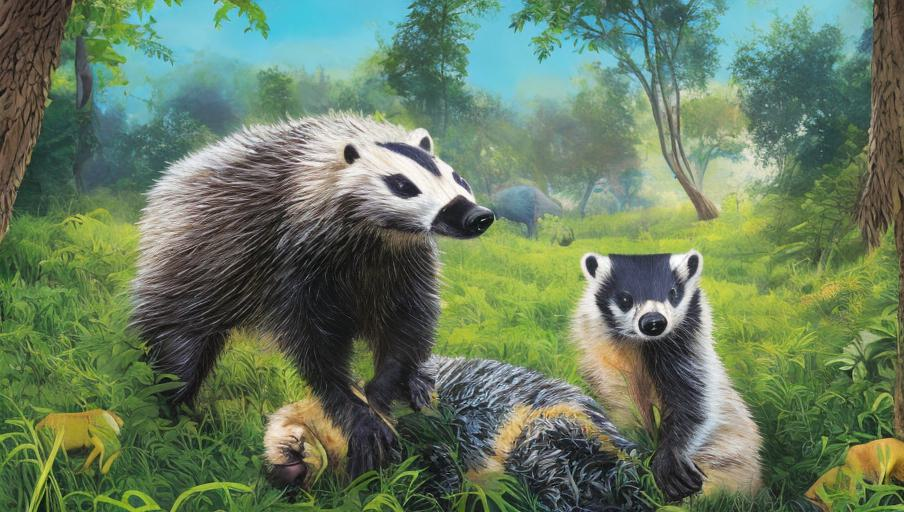
Nosing Through Badger Behavior
Badgers are some of the most iconic creatures in the animal kingdom. They’re often featured in cartoons, books, and movies due to their unique and often comical behavior. But what can we learn from studying badgers in their natural environment?
Habitat and Diet
Badgers are solitary animals, and usually live alone in their underground burrows. They prefer undisturbed areas such as grasslands, meadows, and open woodlands. They are omnivorous and will eat anything from grubs and insects, to small mammals, fruits, and nuts.
Social Behavior and Communication
Badgers are social animals, and will often form small groups or “clans” of up to ten individuals. They communicate through a variety of means, including vocalizations, body language, and scent marking. Males will often fight to establish dominance during the mating season, while females will cooperate to raise their young.
Adaptations
Badgers have several adaptations that enable them to survive in their environment. They have powerful claws that allow them to dig deep and quickly, and their fur is thick and bristly. This helps protect them from the elements and predators. Badgers also have a strong sense of smell and hearing, which helps them detect potential threats and locate food sources.
Conservation
Badgers are considered to be a species of least concern by the International Union for Conservation of Nature. However, their populations are declining in many areas due to habitat loss and fragmentation. It is important to take measures to protect their habitats and ensure that their numbers remain stable.
Conclusion
Badgers are fascinating creatures with a unique behavior that can be studied and appreciated. Although their populations are declining, there are measures that can be taken to ensure their survival. By learning more about these amazing creatures, we can help to protect them and their habitats.

